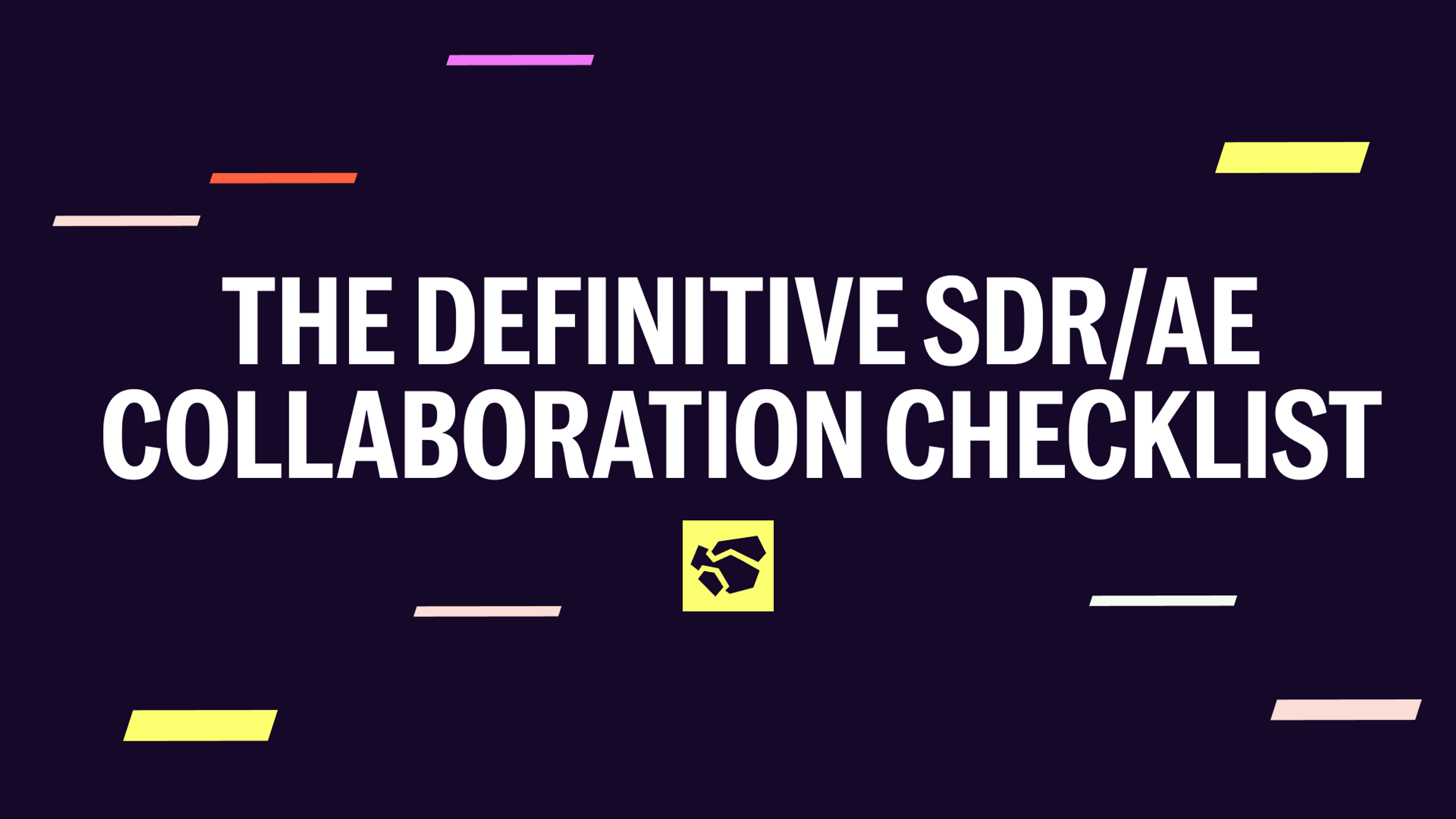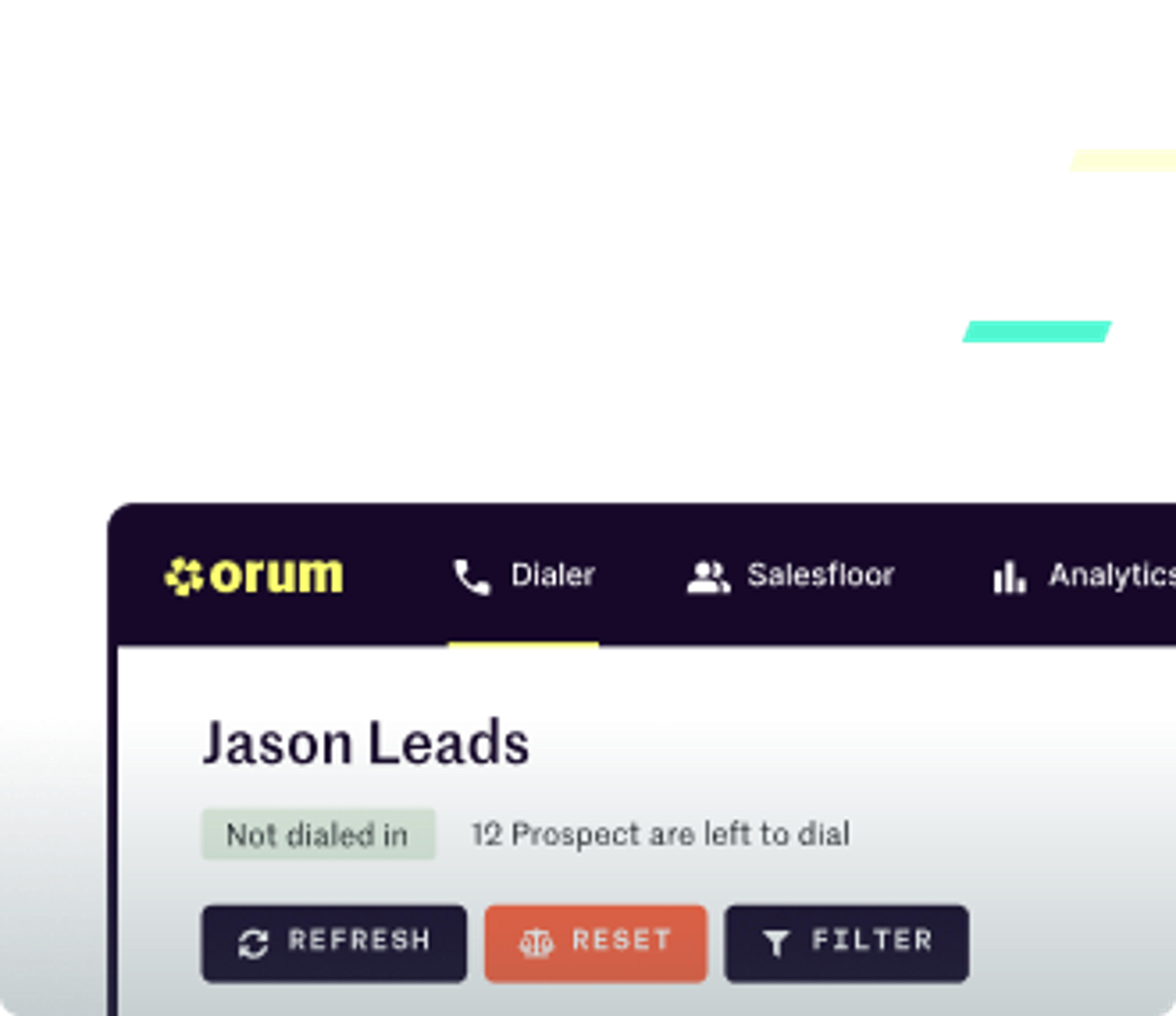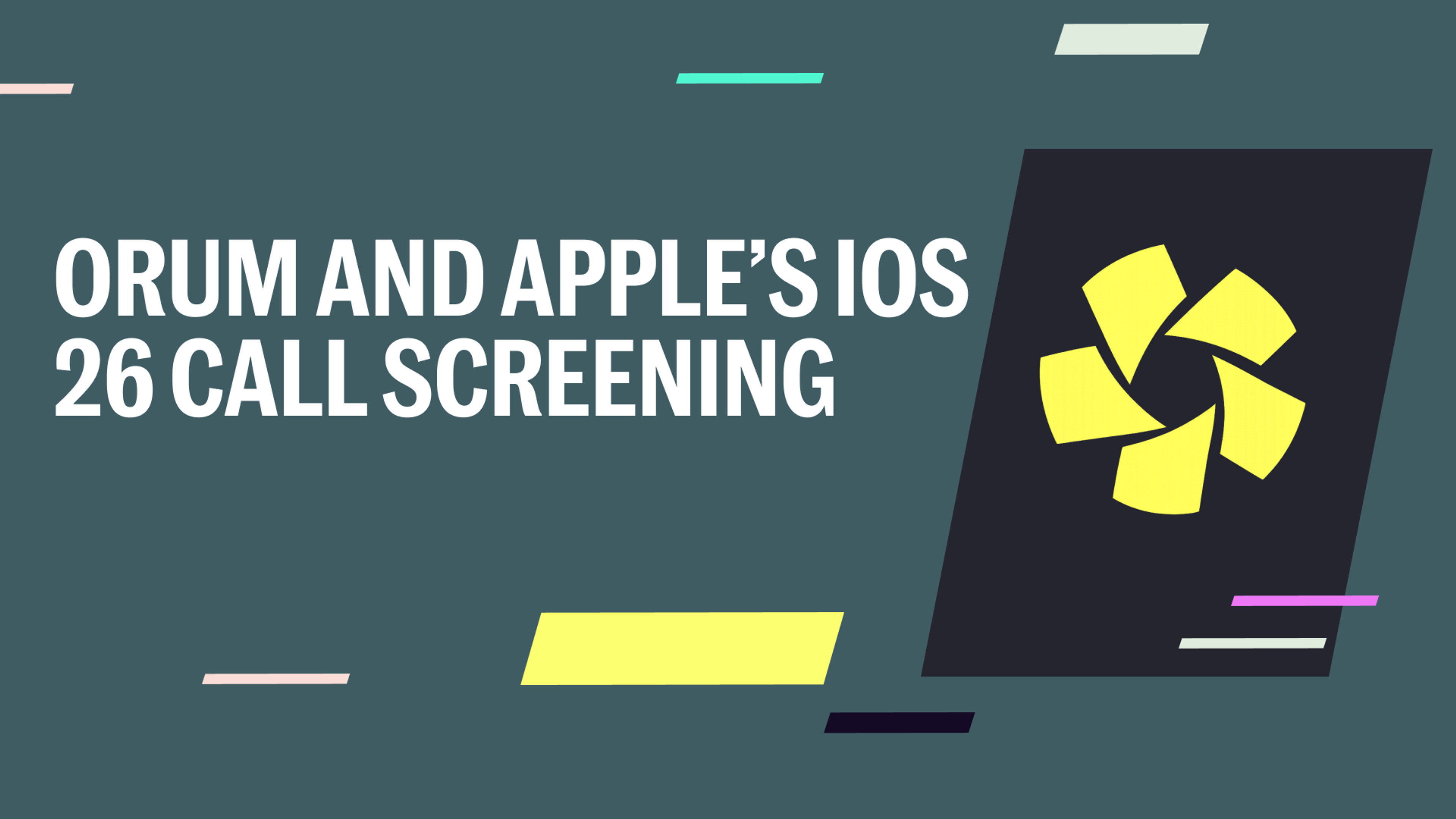The definitive SDR / AE collaboration checklist


Proper Sales Development Representative (SDR) and Account Executive (AE) collaboration motivates, informs, holds people accountable, and helps uncover opportunities. In the sales world, we’re all moving at a million miles per hour, but teams must be running in the same direction, and communication needs to be two-way. Unfortunately, very few teams are doing it right.
As one Orum SDR stated, “Our Account Executives constantly ask us how they can be more supportive of our efforts. It creates an environment where we’re empowered and feel more connected to the selling process.”
This checklist provides actionable strategies for SDRs and AEs to effectively collaborate on outbound prospecting, utilizing cold calling, diligent follow-ups, and multi-threading accounts to maximize their sales efforts.
Document all communication in your CRM
Anytime an Orum SDRS gets a connection during call blitzes, they message their AE to share the information they uncovered even before they update the call notes for that account. The critical aspect is that they then update the CRM. The details learned during this first call can lay the foundation for a successful sales motion, but if they aren’t properly documented, they get lost.
On average, it takes at least seven touchpoints to book a meeting with a prospect, and every one of those touchpoints is an opportunity to fact-find.
Fact-finding questions for cold calls
- What does the prospect tech stack look like?
- How many gatekeepers are involved in their buying process?
- How many people would be using your platform, and do you have their contact information so you can start to build champions?
- Is the company hiring or reducing headcount?
- Have they recently announced new funding or changes to their executive leadership?
All of these should be documented!
Sending direct messages about prospects can get them lost in the shuffle. Putting call notes in your CRM builds the right habits to set yourself up for speed, scalability, and turnover if it occurs.
Establish a meeting cadence for SDRs and AEs
One-off messages about new prospects build chemistry, but Orum’s reps also have weekly sync-up meetings to ensure SDRs and the AEs they support are on the same page. This consistent cadence creates a solid structure for the partnership. It also helps the SDRs formulate a more strategic plan of attack in determining how to approach high-value prospects.
However, it’s also important that your communication extends to speaking broadly to the overall sales group. While some organizations may have a 1:1 SDR to AE ratio, many have pods, round-robin experiences, or an everchanging process connected to who is working with whom.
Practice above and below-the-line prospecting methods
One Orum AE shared this when asked how they partner with SDRs, “My SDRs and I both work a large book of accounts, but there's always a small handful that is the top priority. We partner to research these accounts on the front end and prospect together above and below the line to help set a conversation with a decision-maker up for success. Working together to prospect makes the win even better.”
Above and below-the-line prospecting refers to prospect titles. For example, if Director of SDR is the "line," SDRs would reach out to the SDR Managers, individual contributors, Sales Managers, etc., and the AE goes after CRO and VPs.
This partnership is essential, but so is assuring that reps aren’t stepping on one another’s toes during prospecting and sequencing. A popular process at Orum is for SDRs to work multi-channel efforts and AEs to focus exclusively on phones.
Help SDRs see the bigger picture
A key element to motivation is assuring SDRs understand the "why?" It’s not hyperbole to say the entire organization depends on them. AEs have first-hand experience of how the daily, monotonous inputs and activities add up to support the entire company's goals.
AEs can take some weight off the SDR Manager by being an “honest, candid, no-BS coach” on the floor. The best AEs keep their SDRs accountable in a fun, positive, candid, and playful way.
Provide your SDRs with actual insights
AEs will likely be better at knowing things like "Which case studies would the prospect find most relevant?" or "Which PE firm funds this company, and what customers should we name-drop?"
These insights must be passed on to the SDRs so they feel like they have a hack or cheat code. These are great reasons to reach out and justify a cold call. A good AE often has too many ideas and not enough time. Sharing this knowledge and strategy means the SDR can help them accelerate and capitalize on those ideas
Make sure your reps are asking the right questions
Are prospects currently in the middle of a buying cycle? Are they considering a renewal of a competitor? Have they expressed interest in a new solution but don’t have a budget? Understanding these data points as a team clarifies a timeline of outreach, so you don’t exhaust a prospect before you can properly pitch them.
Build a genuine partnership between SDR and AE
Genuine AE collaborators help teach SDRs the skills to get promoted and champion and cheerlead them internally. They should invite the SDR to SPEAK on demos, not just sit there. They should be a major part of the SDR training and development process for younger, less experienced reps.
SDRs aren’t assistants to the AE and should never be treated as such. Delegating administrative tasks isn’t a partnership; it’s looking down on your coworkers.
Connecting on the virtual Salesfloor
Orum’s virtual Salesfloor is a space where reps can come together to make cold calls, listen to one another’s conversations, and share best practices connected to objection handling and pitching. It’s more than just a place for SDRs, however. AEs join the Salesfloor daily to help multithread accounts and strengthen their relationship with SDRs.
By being present during call blitzes, these AEs can offer coaching and feedback for SDRs so they have a better understanding of the accounts they’re calling into. This sharpens talk tracks so that they’re more connected to the specific needs of those prospect accounts.





